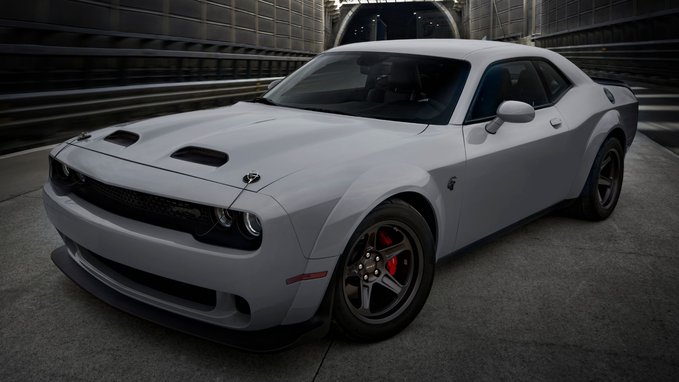ACEA: Euro 7: direct costs 4-10 times higher than European Commission estimates, new study finds

Euro 7 proposals on pollutant emissions could lead to 4-10 times higher direct costs than proposals cited by the European Commission, according to new study
A new study shows that the Euro 7 proposals for pollutant emissions could lead to direct cost increases four to ten times higher than those cited by the European Commission.
The proposed Euro 7 regulations will increase the cost of manufacturing cars, vans, trucks and buses. A study by Frontier Economics calculated the cost per vehicle to be around €2,000 for passenger cars and vans with internal combustion engines and around €12,000 for diesel trucks and buses. . These figures are 4-10 times higher than the European Commission’s estimates in the Euro 7 impact assessment (180-450 euros for cars and vans and 2,800 euros for trucks and buses).
These estimates include only direct manufacturing costs, primarily equipment and investments. It is important to note that these additional costs do not match the purchase price. Rather, it will push the end user’s price even higher. Price increases are therefore likely to be higher than the figures cited in the study.
With the current Euro 6/VI regulations, the EU has the most comprehensive and stringent pollutant emissions standards (such as NOx and particulate matter) in the world. Thanks to state-of-the-art vehicle technology, emissions have already reached barely measurable levels.
“The European automotive industry is committed to further emission reductions for climate, environment and health. So it’s not the right way to do this,” said Sigrid de Vries, Executive Director of the Association of European Automobile Manufacturers (ACEA).
“The move to electrification will bring greater environmental and health benefits, while at the same time replacing older vehicles on EU roads with highly efficient Euro 6/VI models.”
In addition to direct costs, the Euro 7 proposal will cause indirect costs such as increased fuel consumption. This can lead to a 3.5% increase in fuel costs over the life of the vehicle, equivalent to an extra charge of €20,000 for long haul trucks and €650 for cars and vans.
These indirect costs, which are ignored in the European Commission’s impact assessment, are in addition to the direct costs. These increase the total cost of owning a car, putting additional economic pressure on consumers and businesses in a time of high inflation and rising energy prices.
The European automotive industry is working to further reduce emissions. However, the Euro 7 proposal would not be the right way to do this at all, as it would have a very low environmental impact at a very high cost.
sauce: ACEA
https://www.automotiveworld.com/news-releases/acea-euro-7-direct-costs-4-to-10-times-higher-than-european-commission-estimates-new-study-reveals/ ACEA: Euro 7: direct costs 4-10 times higher than European Commission estimates, new study finds





